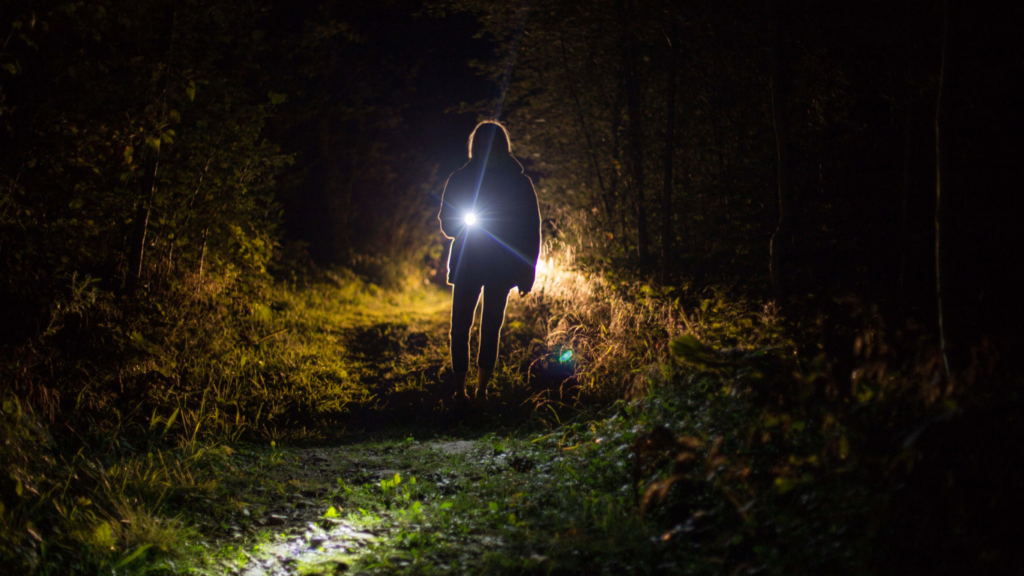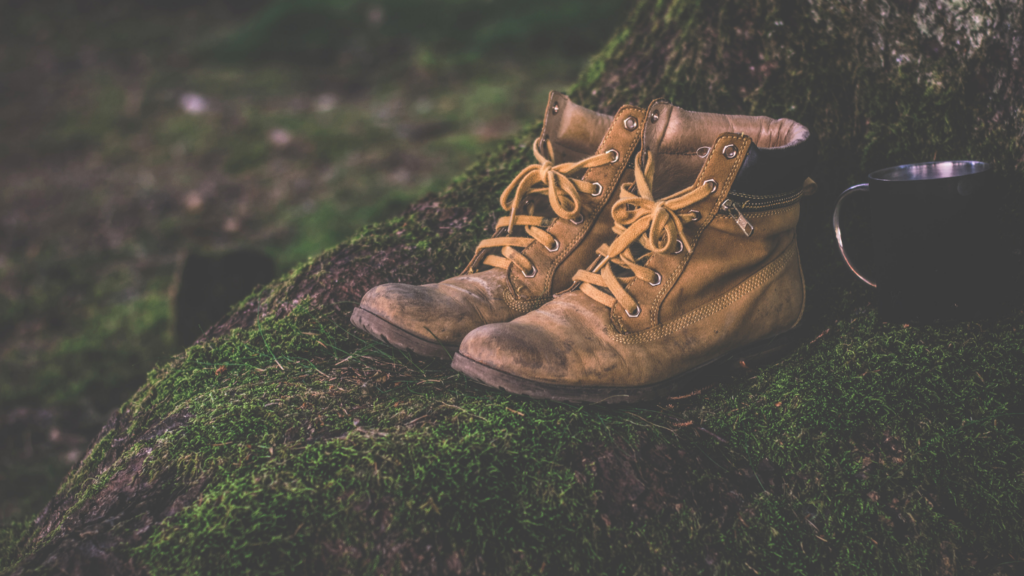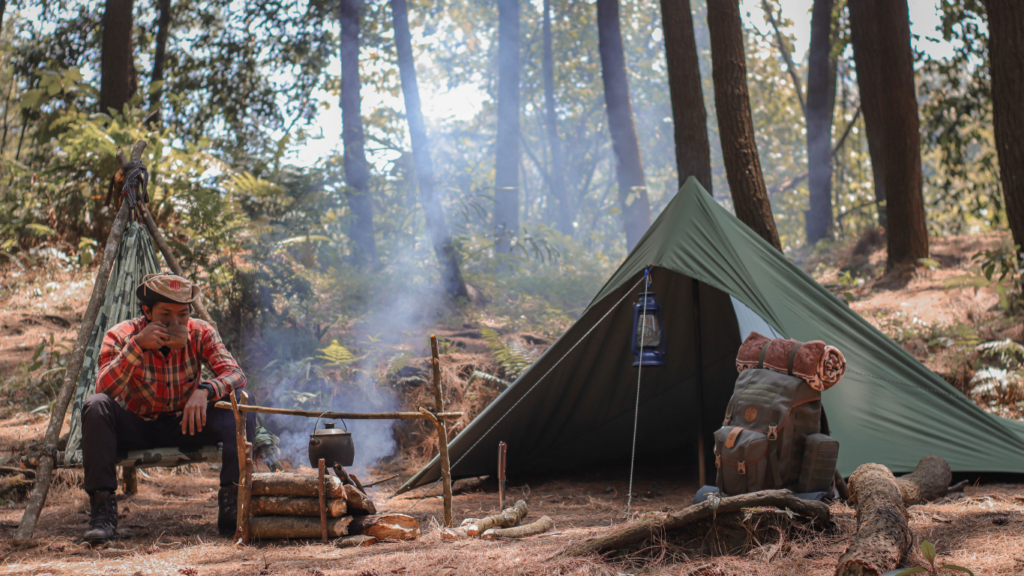Understanding the Importance of Survival Gear
Prep for outdoor adventures requires the right survival gear. It’s not just about convenience; it’s about safety. A multi-tool, for example, can handle numerous tasks from cutting rope to opening cans. In emergencies, a well-stocked first aid kit is indispensable. It includes bandages, antiseptics, and pain relievers. Without these essentials, minor injuries can turn serious.
Weather conditions can change rapidly. Packing appropriate clothing and shelter options such as a waterproof jacket or a compact tent helps you stay protected. I’ve tested various items, and quality matters. Substandard gear fails when you need it most.
Navigation tools like maps and compasses keep you oriented. In remote areas with no signal, these are crucial. Don’t rely solely on technology; batteries die, and devices break.
Fire-starting kits are a must. Lighters, waterproof matches, and fire starters ensure you can cook food or stay warm. I’ve found redundancy important. Carry multiple methods to start a fire.
Water filtration systems allow you to drink safely from natural sources. Dehydration poses a serious risk, so having a reliable filter or purification tablets is non-negotiable.
Survival gear enhances adventure security. Each item serves a specific function, ensuring you’re ready for the unexpected. Thorough preparation makes all the difference in the wilderness.
Shelter and Sleeping Essentials
Proper shelter and sleeping arrangements are crucial for any outdoor adventure. They ensure protection from the elements and provide comfort during rest periods.
Tents and Tarps
Tents offer protection from wind, rain, and insects. When selecting a tent, consider size, weight, and weather resistance. Lightweight tents (e.g., backpacking tents) are ideal for hiking trips as they’re easy to carry. For added flexibility, carry a tarp. Tarps provide extra shelter for cooking areas or storage. These items enhance your capacity to adapt to changing weather conditions in the wilderness.
Sleeping Bags and Pads
Sleeping bags keep you warm during cold nights. Look for bags rated for the lowest expected temperature on your trip. Down sleeping bags offer excellent warmth-to-weight ratios but lose insulation when wet. Synthetic bags perform better in wet conditions. Sleeping pads add insulation from the ground and improve comfort. Closed-cell foam pads offer durability and insulation, while inflatable pads provide increased comfort with less bulk. Both options ensure a restful night’s sleep in various environments.
Hydration and Water Purification
Staying hydrated is crucial during outdoor adventures. Accessing clean water ensures both safety and comfort while hiking or camping.
Water Bottles and Hydration Bladders
A reliable water bottle or hydration bladder is essential. I prefer using hydration bladders for longer hikes since they allow for hands-free drinking. For shorter treks, water bottles suffice. Brands like Nalgene and CamelBak offer durable, lightweight options. Ensure the container holds at least 1 liter of water to reduce refills.
Filters and Purification Tablets
Water purification is non-negotiable. Filters like the Sawyer Mini or LifeStraw remove bacteria and protozoa from water sources. Purification tablets, such as Aquamira or Katadyn Micropur, make water safe by killing viruses and bacteria. I always carry both a filter and tablets as a backup. For extended trips, consider a gravity-fed filter system for efficient purification.
Food and Cooking Supplies
Proper food and cooking supplies are essential for any adventure. Along with hydration and shelter, having the right nutrition and tools ensures a successful trip.
Non-Perishable Food Items
Packing non-perishable food extends the lifespan of your supplies and reduces waste. Examples include dehydrated meals, granola bars, and jerky. Dehydrated meals, such as those from Mountain House, are lightweight and nutritious. Granola bars provide quick energy, while jerky offers protein. Including a mix of these ensures balanced nutrition.
Portable Cooking Equipment
Portable cooking equipment makes meal preparation efficient. Compact stoves, lightweight cookware, and utensils are crucial. For instance, the MSR PocketRocket stove is small and reliable. Titanium cookware sets, like those from Snow Peak, are durable and easy to pack. Multi-use utensils, such as sporks, minimize the gear you’ll need. Pack these essentials to ensure you can cook and enjoy your meals easily.
Clothing and Footwear

Proper clothing and footwear are crucial for any outdoor adventure to ensure comfort and safety.
Layering for Temperature Control
Layering helps regulate body temperature in changing weather conditions. I recommend three main layers:
- Base Layer: This layer should be moisture-wicking to keep sweat away from the skin. Synthetic fabrics or merino wool perform well.
- Insulating Layer: This layer traps body heat to keep you warm. Fleece jackets or down vests are excellent choices.
- Outer Layer: This layer protects against wind and rain. Look for waterproof and breathable jackets with seam-sealed construction.
Protective Footwear
Selecting the right footwear can prevent injuries and improve comfort. Here’s what I look for:
- Hiking Boots: Offer ankle support and durability. Opt for waterproof models if trekking through wet areas.
- Trail Shoes: Suitable for less rugged terrains. Lightweight options with good traction can enhance mobility.
- Socks: Always pack moisture-wicking socks. Wool blends reduce blisters and maintain comfort.
Proper gear helps tackle diverse terrains and weather, ensuring a successful adventure.
Navigation and Communication
Navigating through the wilderness and maintaining communication is crucial for any adventure. Having the right tools can make a significant difference.
Maps and Compasses
Reliable maps and compasses are essential for survival. They don’t rely on batteries or signals, making them invaluable in remote areas. Topographic maps show elevations, trails, and water sources, helping identify your location and plan routes. Compasses, paired with map skills, ensure accurate navigation.
GPS Devices and Radios
GPS devices offer precise location data. Many modern devices come with preloaded topographic maps and route planning features. Radios enable communication with groups or rescue teams. Two-way radios cover short-range communication, while satellite radios are ideal for remote areas with no cell service. These tools, combined, enhance navigation and safety.
First Aid and Safety
First aid and safety gear can make the difference between a minor setback and a major emergency. Always pack these essentials to ensure a safer adventure.
Basic First Aid Kit
A basic first aid kit should contain:
- sterilized gauze
- adhesive bandages
antiseptic wipes - medical tape
- tweezers
For medications, include pain relievers, antihistamines, and any personal prescriptions. Emergency items like a CPR mask, elastic bandage, and a small splint add crucial versatility. Restock used items before each trip.
Survival Tools and Equipment
Essential survival tools include a multifunctional knife, a reliable flashlight, and extra batteries. Firestarters like waterproof matches or a ferro rod enable efficient fire-making in various conditions. A whistle aids in signaling for help, while a compact emergency blanket provides warmth and protection. Pack a personal locator beacon (PLB) for added security in remote areas. All these items help navigate emergencies effectively.





